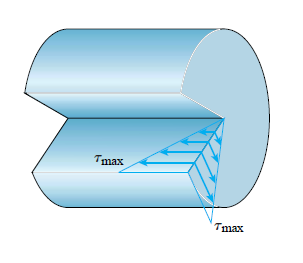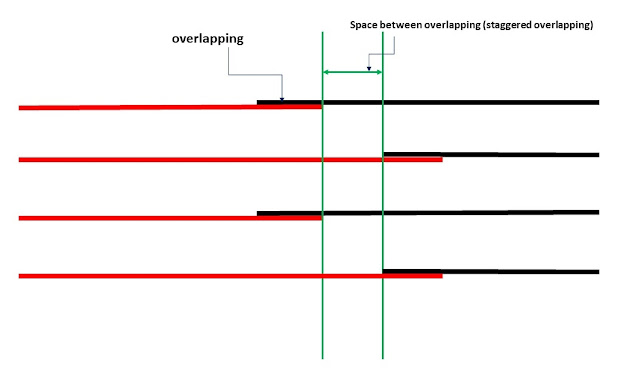Hook's law in shear
Direct shear test can be used to determine materials behavior in shear. also, the torsion test can be used to determine shear properties. materials such as hollow, circular tubes will be subjected to torsion by twisting. torsion will produce shear over the cross-section and longitudinal planes of materials as shown in figure no:1.
Figure 1
using these tests. the stress-strain diagram can be established. the stress-strain diagram for the shear test will be similar in shape to the stress-strain diagram for the tension test. despite the similarity in shapes. the magnitude will be different.stress-strain diagram in shear can be used to determine proportional limits, yield stress, modulus of elasticity and ultimate stress in shear. for example, the yielding stress in shear for structural steel is 0.5 to 0.6 time the yield stress in tension. for materials with initial linearly elastic region hook's law applied.
τ=G*γ
where
τ is the shear stress
G is the shear modulus of elasticity or modulus of rigidity
γ is the shear strain
modulus of elasticity in tension and shear modulus of elasticity can be related as shown in the equation below
G=E/(2*(1+))
where
is the poisons ration
E is the modulus of elasticity in tension
Table 1 showing shear modulus of elasticity for different materials.
Table 1




 ))
))












Comments
Post a Comment